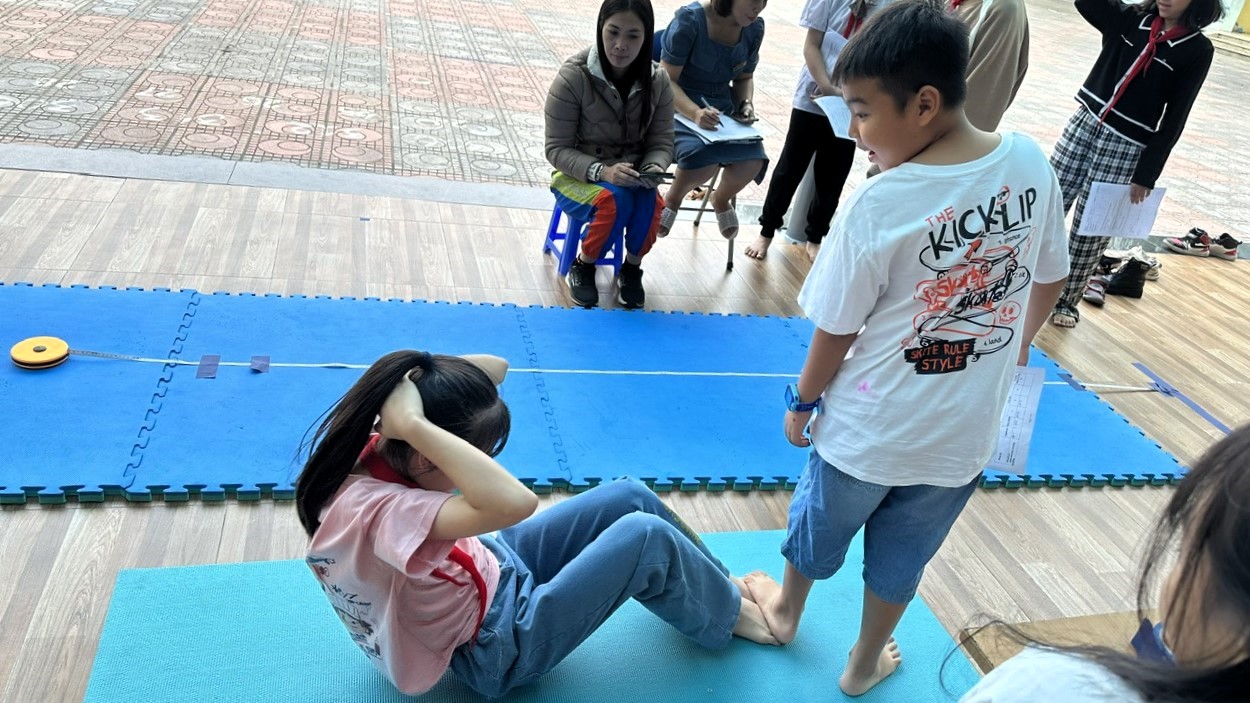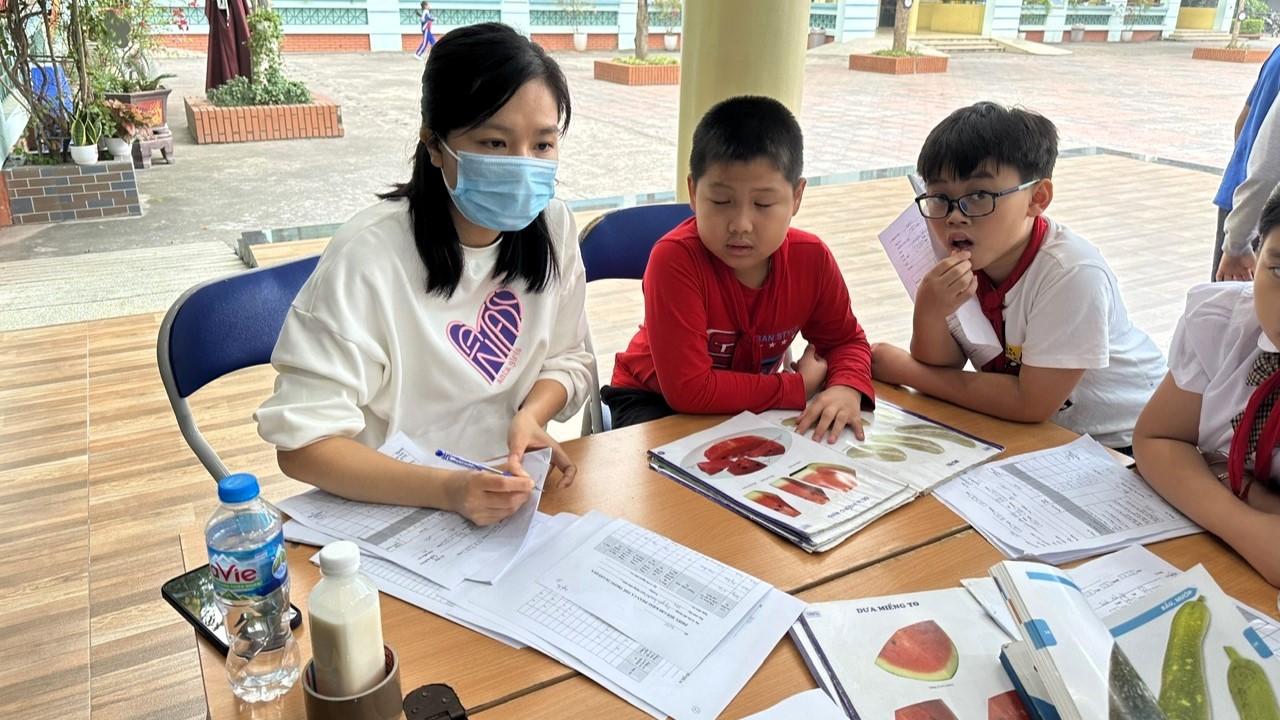A recent study of childhood nutrition carried out in Viet Nam revealed that many children had low levels of bone mineral density, a measure of bone health. The study, conducted using nuclear techniques and supported by the IAEA, found both obese and non-obese children had comparable bone mineral density, regardless of body mass index (BMI) measurements.
In recent years, children in Viet Nam have faced the double burden of malnutrition: nutrient deficiencies together with a rise in overweight and obesity. This is due to a shift in dietary patterns, including the consumption of calorie-dense, highly processed foods and sedentary lifestyles.
To better understand this concerning trend, Viet Nam’s National Institute of Nutrition, with support from the IAEA’s technical cooperation and human health programmes, studied the body composition and bone mineral density of 240 children under the age of five, using a stable isotope dilution technique and dual X-ray absorptiometry (DXA). Stable isotope dilution remains the gold standard for measuring body composition, providing more detailed information than standard BMI measurements alone. To gain a more accurate picture of the children’s overall health, scientists linked the body composition data with the data from the DXA analyses on bone mineral density, while also taking into consideration other factors, such as physical activity and grip strength.
“Nuclear applied techniques allowed us to investigate more thoroughly critical nutritional burdens — in this case, overweight and obesity — thus providing convincing evidence to develop new policies in the context of rapid socio-economic changes,” said Tran Thanh Duong, Director of the National Institute of Nutrition.
IAEA-Supported Study Characterizes Childhood Malnutrition in Viet Nam
The findings showed that children classified as overweight and obese based on their BMI had disproportionately more body fat, less fat-free mass, lower muscle strength and were less physically active compared to children with BMIs considered to be within the normal range. However, bone mineral density, a measure of bone health, was comparable regardless of BMI classification, with both obese and non-obese children showing similarly low levels.
“The results showed that, regardless of obesity status, the children had low bone mineral density, necessitating further study to investigate the causes, as low bone mineral density could be attributed to several factors, including calcium and vitamin D deficiencies,” said Ha Thu Nguyen, a researcher at the Vietnam National Institute of Nutrition. “Malnutrition in this age group sets the stage for everything else that happens later in life, including the risk of non-communicable diseases. The study is a good piece of evidence to suggest that the government needs to pay more attention to this new emerging critical issue.”
Enhancing Viet Nam’s Technical Capacities
The IAEA enabled Viet Nam to perform these accurate assessments of bone mineral density, body composition and total energy expenditure by providing laboratory equipment. Additionally, staff were trained through fellowships at an IAEA Collaborating Centre, St John’s Research Institute in Bangalore, India, and in a national training course.
“By upgrading the National Institute of Nutrition’s facilities with essential equipment and strengthening the skills of its staff, Viet Nam can now study obesity in children and contribute critical data to inform nutrition interventions,” said Deng Ge, Director of the Division for Asia and the Pacific in the IAEA’s Department of Technical Cooperation.
Cornelia Loechl, Head of the IAEA’s Nutritional and Health-Related Environmental Studies Section: “The new information will greatly strengthen efforts to tackle childhood obesity, which if not handled well, could translate into a major public health burden when the children become adults.”
Body fat accumulation over time is an important indicator of the risk of overweight and obesity and propensity for diet-related non-communicable diseases, such as diabetes, high blood pressure and some cancers.

